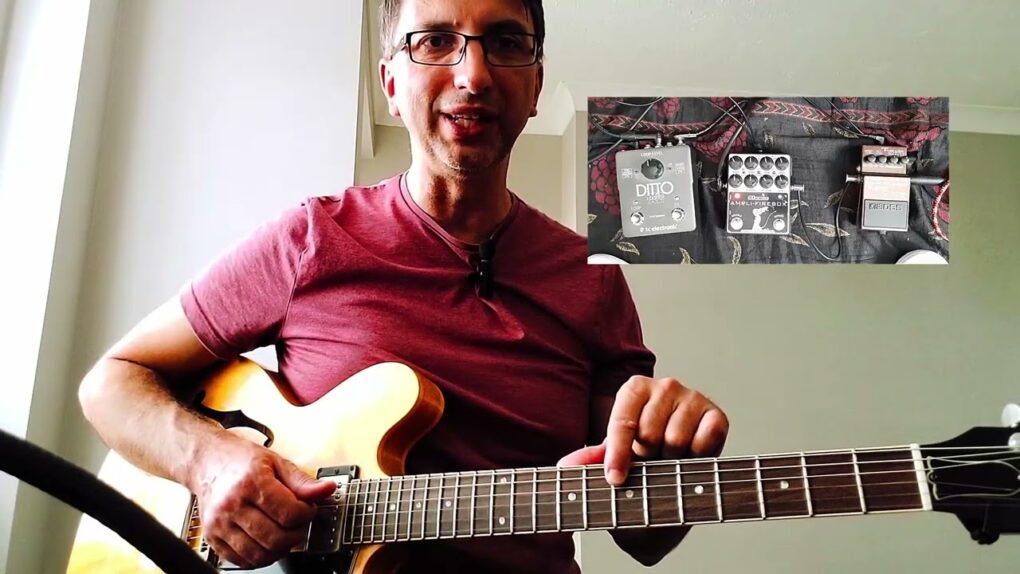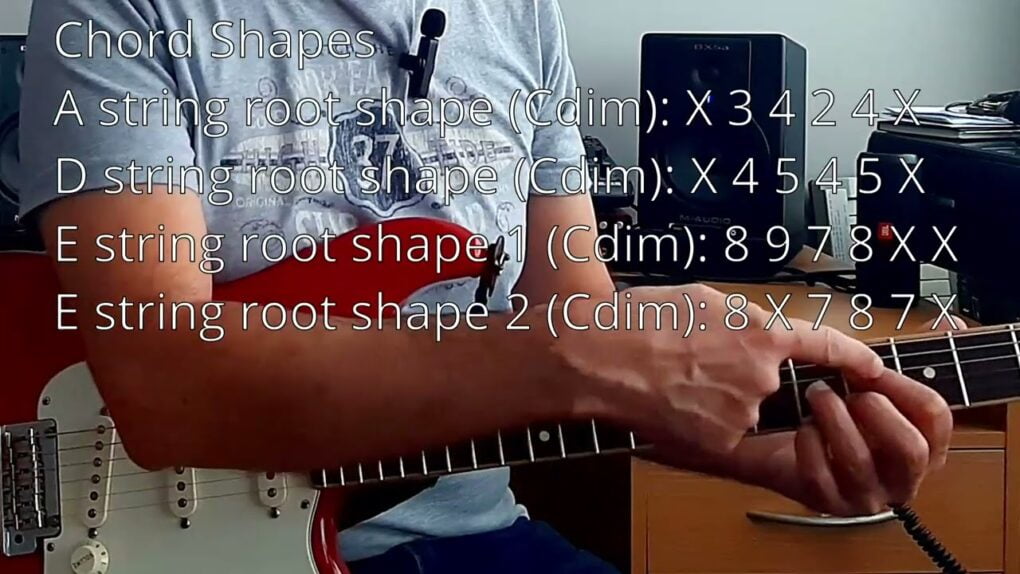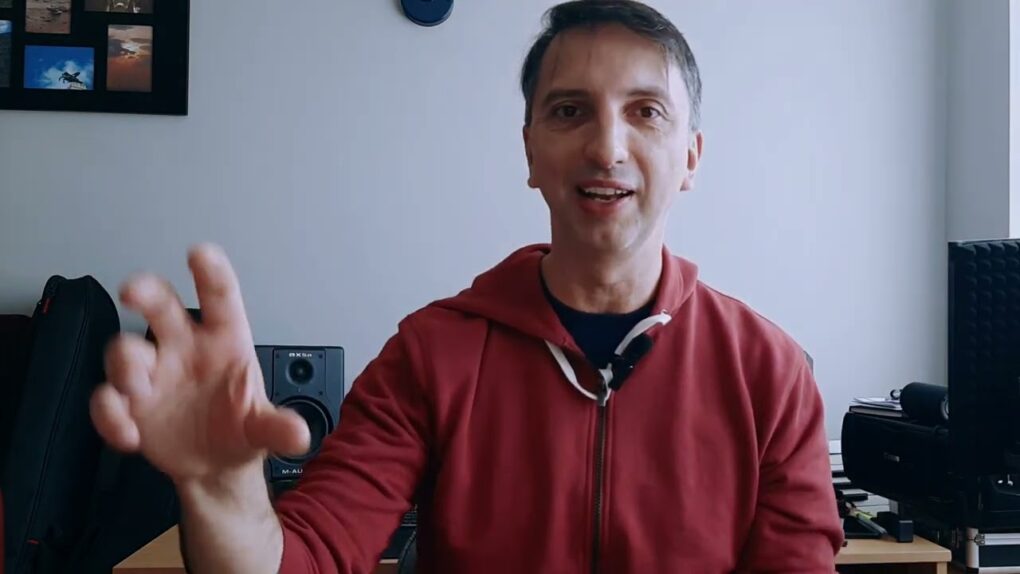Title: Why the Boss Super Octave OC-3 is a Must-Have for Your Music Setup!
If you’re a musician looking to enhance your sound and explore new possibilities, then the Boss Super Octave OC-3 pedal might just be the perfect addition to your setup! In this blog post, we’ll delve into why this pedal is a game-changer, especially for duo performances in genres like Funk, Pop, and even Jazz.
The Boss Super Octave OC-3 pedal is a versatile tool that brings new life to your guitar and bass playing. It is designed to fatten up the lower end of your sound, adding depth and weight that is perfect for certain musical styles. While it might not always be suitable for organic and acoustic sounds, it truly shines when used in genres like Funk and Pop or when you want to spice up your bluesy tunes.
The Three Modes:
This pedal comes with three distinct modes, each offering unique octave effects:
- Drive Mode: This mode provides some saturation, ensuring your original sound remains unaffected. It’s excellent for when you want to add just an of octave without altering your core tone.
- Octave 2 Mode: In this mode, the pedal introduces a sub-octave effect, two octaves below the input signal. Bass players often use this mode for modern R&B and Drum and Bass grooves, providing that deep, rumbling foundation to the music.
- Polymode: This is where things get interesting! The Polymode allows you to split the frequency spectrum at a user-defined value, selectively adding an octave down to specific strings. This mode opens up new possibilities for fingerpicking, basslines, and even unique chord voicings.
Perfect Companion for Duo Gigs:
The Boss Super Octave OC-3 truly shines in duo performances. If you’re playing alongside a singer, saxophonist, or another instrumentalist, this pedal can be your secret weapon to create a fuller, more dynamic sound. It’s a great addition for R&B, Funk, Pop, and even Jazz duos, where the low-end weight and presence can make all the difference.
Acoustic Guitars and Beyond:
Not just limited to electric guitars and bass, the Super Octave OC-3 can also work wonders with acoustic guitars. It adds a touch of that acoustic bass vibe, bringing a new dimension to your acoustic performances. However, it’s worth noting that this effect works best with fingerpicking and specific basslines rather than strumming.
Conclusion:
In conclusion, the Boss Super Octave OC-3 is a must-have pedal for any gigging musician looking to explore exciting sonic possibilities. With its ability to fatten up the lower end and add depth to your sound, it’s a perfect companion for duo performances in various genres. Whether you’re into Funk, Pop, or Jazz, this pedal is sure to unlock new creative avenues in your musical journey.
If you found this blog post helpful or have any experience with the Boss Super Octave OC-3, subscribe to our blog for more exciting content, and if you have any questions about playing guitar, music theory, or sound techniques, drop us a message, and we’ll be happy to help!




